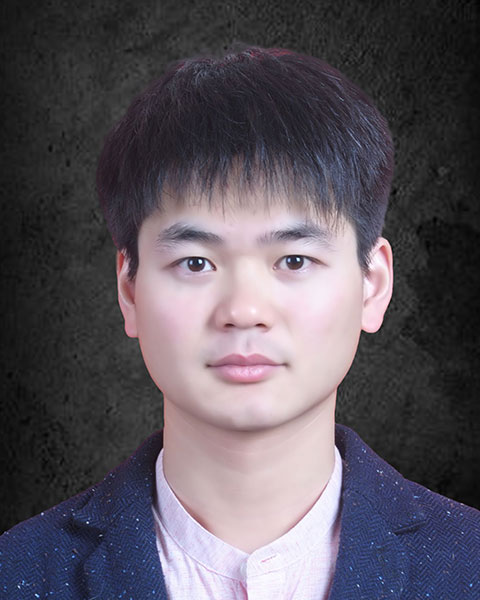Back
On-demand recording will be available 24hrs after the presentation.
Micro- and Nano Technologies
Automated synthetic tissues, organs, & systems
Leukemia-on-a-Chip for modeling and decoding the heterogeneous mechanisms underlying therapy resistance
Wednesday, February 9, 2022
10:00 AM – 10:30 AM
Location: 204AB

Chao Ma
Postdoctoral Fellow
New York University, NY, United States
B-cell acute lymphoblastic leukemia (B-ALL) blasts may hijack the bone marrow (BM) to form chemo-protective leukemic BM ‘niches’, facilitating chemo-resistance and ultimately disease relapse. However, the ability to study these heterogeneous interactions among distinct B-ALL subtypes and their BM niches is limited by current in vivo methods. Herein we report an in vitro biomimetic 3D ‘Leukemia-on-a-Chip’ model to dissect the evolving heterogeneity of the BM niche in regulating B-ALL chemotherapy resistance. The 3D microfluidics-based organotypic ‘Leukemia-on-a-Chip’ device is composed of three distinct functional regions: a central sinus region vascularized by endothelial cells (ECs), an inner ring region serves as an interface of leukemia blasts (B-ALL cells) and niche cells (ECs and MSCs) interactions, and the outer ring for cell culture media supplies and waste removal. The system was characterized by time-lapse imaging, single-cell mRNA sequencing (scRNA-Seq) and fluorescence immunostaining, as well as drug testing. The bioengineered model faithfully replicated the in vivo leukemia BM pathology. Using the model, we monitored dynamic behaviors of B-ALL blasts with or without niche cells and found that B-ALL blasts without niche continuously migrated during culture, whereas those with niche cells became less motile after 2-day culture. To understand the heterogeneity of distinct human B-ALL types, such as favorable REH and unfavorable SUP, we mapped the two niches with scRNA-Seq and found that B-ALL blasts in both niches were variously activated in TNFA signaling via NF-κB. We confirmed this finding with on-chip immunostaining NF-κB and found that NF-κB was significantly enhanced in those with niche cells. Finally, we tested the preclinical use of our platform to screen niche-co-targeting regimens. In conclusion, we have demonstrated a unique organotypic Leukemia-on-a-Chip microphysiological system and comparatively dissected the underlying heterogeneous mechanisms regulated by niche cells to drive leukemia progression and chemo-resistance. We anticipate this platform can be applied to many other hematological malignancies, presenting a powerful tool for drug development under a more physiologically relevant context.

